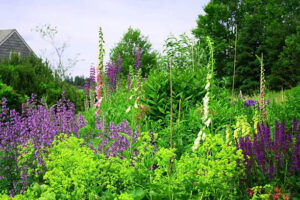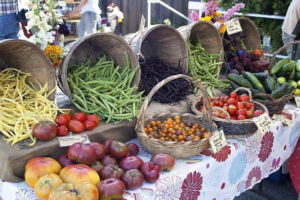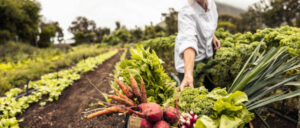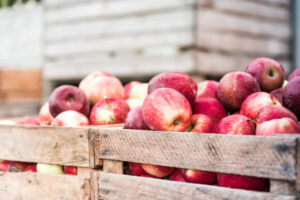Spring is a season of renewal, and there’s no better way to celebrate this time of year than by starting a garden. Gardening not only adds beauty to your outdoor space but also provides a sense of accomplishment and a connection to nature. Whether you’re a seasoned gardener or a complete beginner, spring is the perfect time to begin cultivating your green thumb. In this article, we will guide you through the essential steps for starting a garden in spring, including planning, soil preparation, and planting.
Step 1: Planning Your Garden

Before you start digging, take some time to plan your garden. Consider the following factors when designing your space:
- Location: Choose a spot with good sunlight, as most plants require at least six hours of direct sunlight per day. Also, ensure that the area has good drainage to prevent waterlogged soil.
- Size: Determine the size of your garden based on your available space and the time you can commit to maintaining it. Start small if you’re a beginner, and expand as you gain experience.
- Types of plants: Decide on the types of plants you’d like to grow, considering factors such as climate, soil type, and personal preference. Be sure to choose a mix of vegetables, flowers, and herbs that will thrive in your region.
- Layout: Plan your garden layout, considering factors such as plant spacing, height, and compatibility. Group plants with similar water and sunlight requirements together.
Step 2: Preparing the Soil

Healthy soil is the foundation of a successful garden. To prepare your garden bed for planting, follow these steps:
- Clear the area: Remove any weeds, rocks, and debris from your chosen garden site.
- Test the soil: Conduct a soil test to determine its pH and nutrient levels. This information will help you select the appropriate plants and amendments for your garden.
- Amend the soil: Based on your soil test results, add any necessary amendments, such as compost, manure, or lime, to improve soil fertility and structure.
- Till the soil: Use a tiller, garden fork, or shovel to loosen and aerate the soil to a depth of 8-12 inches. This step helps to promote healthy root growth.
Step 3: Planting Your Garden
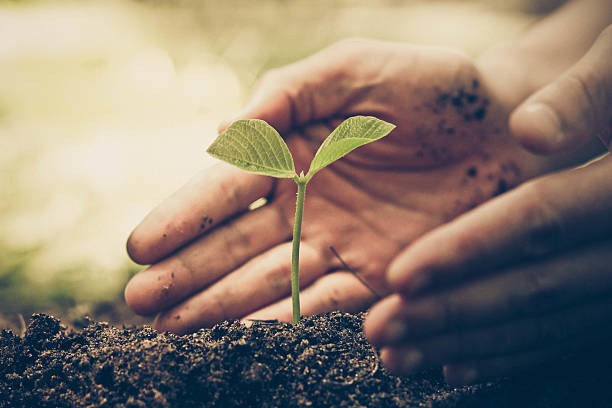
With your garden planned and soil prepared, it’s time to start planting. Here are some tips for a successful planting season:
- Choose healthy plants: Purchase high-quality seeds or seedlings from a reputable nursery or garden center. Healthy plants are more likely to thrive and resist pests and diseases.
- Plant at the right time: Each plant has its own ideal planting time, which is typically based on the last expected frost date in your area. Consult local gardening resources or plant labels for guidance.
- Follow proper planting techniques: Plant seeds or seedlings according to the recommended depth and spacing for each species. Water them thoroughly after planting to help establish strong root systems.
- Mulch: Apply a layer of organic mulch around your plants to help conserve moisture, regulate soil temperature, and suppress weeds.
Step 4: Caring for Your Garden

As your garden begins to grow, it will require ongoing care and maintenance:
- Watering: Water your garden regularly, providing consistent moisture to promote healthy growth. Be mindful of each plant’s specific water requirements to avoid over or under-watering.
- Fertilizing: Feed your plants with a balanced, organic fertilizer to ensure they receive the necessary nutrients for optimal growth.
- Weeding: Regularly remove weeds from your garden to prevent them from competing with your plants for water and nutrients.
- Pest control: Monitor your garden for pests and diseases, and address any issues promptly using organic or chemical control methods, as appropriate. Encourage beneficial insects, such as ladybugs and lacewings, which can help keep pest populations in check.
- Pruning and staking: Prune plants as needed to maintain their shape and promote healthy growth. Stake tall or climbing plants, such as tomatoes and beans, to provide support and prevent damage.
- Harvesting: Enjoy the fruits of your labor by harvesting your vegetables, fruits, and herbs at their peak ripeness. Regular harvesting can also encourage more production.
Grow Your Garden Oasis
Starting a garden in spring is a rewarding endeavor that can provide you with fresh produce, beautiful flowers, and a sense of accomplishment. By following the steps outlined in this article, you can create a thriving garden that will flourish throughout the growing season. Remember, gardening is a learning process, and each season brings new challenges and opportunities for growth. So, embrace the journey, and enjoy the many benefits of cultivating your own garden oasis.




